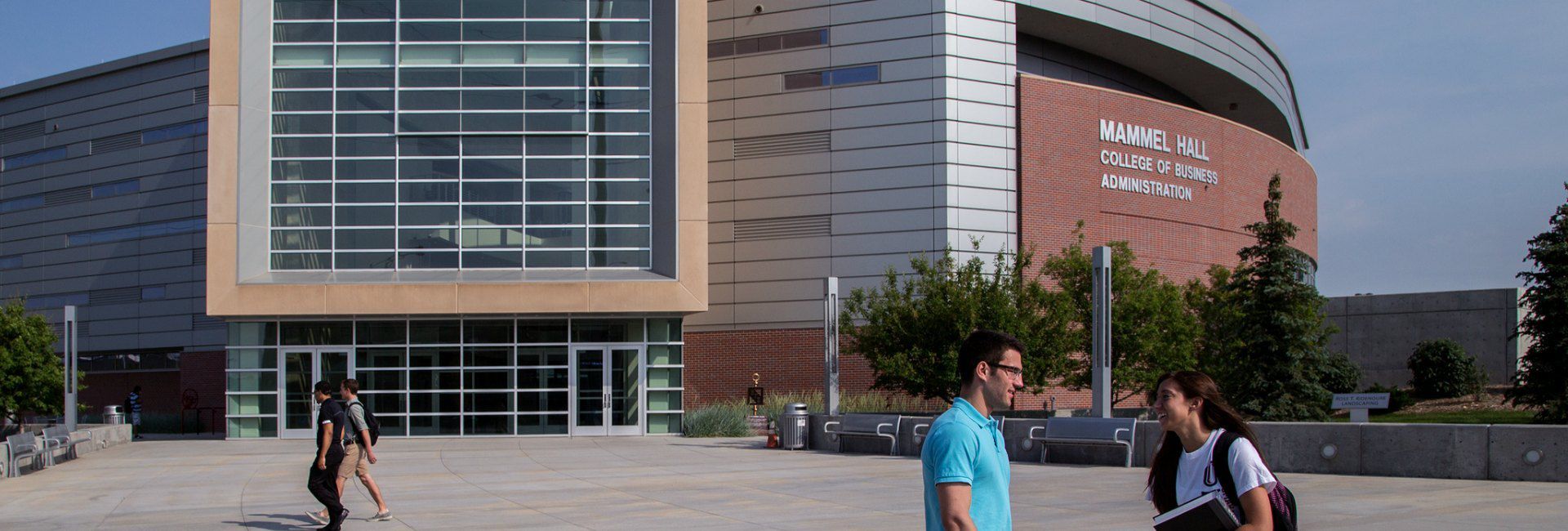Sustainability Brown Bag: Campus Energy Usage
- contact: Charley Reed - University Communications
- phone: 402.554.2129
- email: unonews@unomaha.edu
- search keywords:
- sustainability
- engagement
- energy

This past November, members of the University of Nebraska at Omaha (UNO) Sustainability Committee launched the university’s first Sustainability Master Plan.
The plan, which was facilitated by the Verdis Group and led by representatives from across campus as well as the Omaha community, identifies new policies and practices that can be implemented by UNO that are environmentally friendly, socially responsible, financially feasible and will benefit the campus now and into the future.
To share this plan with, members of the Sustainability Committee have been holding a series of seven brown bag sessions each week that highlight each of the seven areas in which UNO is committed to sustainability.
The final session, being held on Wednesday, March, 18, in the Barbara Weitz Community Engagement Center, Room 116, from 11:30 a.m. to 12:30 p.m., will focus on the topic of Energy, Buildings and Emissions.
Even as one of the less visible aspects of sustainability on campus, the ability for buildings on campus to reduce their energy consumption in a way that still meets the needs of the UNO community is no less impactful.
The brownbag session will provide faculty, staff and students with an explanation of what UNO’ plans are to help make buildings on campus more sustainable as well as an opportunity to ask questions and share any new ideas with the committee.
Where We’ve Been
- Despite adding a number of new buildings over the past decade and added more space to existing buildings, the intensity of the campus’ overall energy use has been in decline.
- In 2010, Mammel Hall was certified as a LEED Gold building, which recognizes buildings nationally for their environmental sustainability, including energy renewal.
- UNO utilizes automated technology and efficient motors for building pumps and fans.
- Many campus buildings have been upgraded to include 100 percent Direct Digital Controls, which help monitor building-wide energy usage.
-University Drive streetlights and west parking structure lights have been replaced with LEDs, resulting in improved light quality and substantial energy and maintenance cost savings.
Where We’re Going
- UNO’s goal is to reduce both its current energy use by 35 percent and reduce its CO2 emissions by 60 percent by 2025.
- Plans exist to move forward on Green Information Technology initiatives, such as eliminating old CRT monitors; replacing exiting desktop computers with Thin Clients; Establishing Green IT purchasing standards for the manufacture, use and disposal of electronics; and automatic nighttime shutdowns where prudent.
- To address lighting concerns, solutions may include designing and orienting new buildings in order to maximize sunlight and heating for all occupants, minimizing the use of artificial light by adjusting their levels according to the amount of daylight present, and upgrading lighting in campus buildings to LED or other high-efficiency products.
- Engaging in real-time energy-use trend analysis to identify areas where energy is being used at higher rates than normal or anomalies in trends throughout the day and night through the use of electricity, steam, water and natural gas meters throughout each building.
The ideas listed above are just some of the topics that will be discussed on March 18 in the Weitz Community Engagement Center as part of the Energy, Buildings and Emissions brownbag.
For those unable to attend this forum, please feel free to contact one of the Sustainability Committee co-chairs: Jonna Holland, at jholland@unomaha.edu, or Patrick Wheeler, at pwheeler@unomaha.edu.